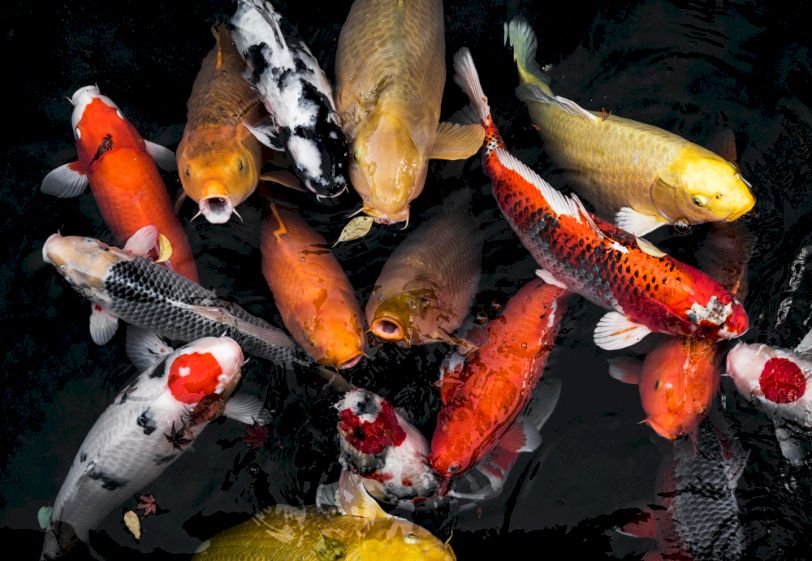Preventing Algae Blooms in Your Koi Pond: Strategies That Work

While koi ponds are a riveting addition to gardens and backyards, they come with their fair share of challenges. One such common challenge is algae blooms. These pesky green invaders can turn your crystal-clear aquatic oasis into a murky mess if left unattended.
But fear not; keeping your koi pond algae-free is not impossible! We’ve rounded up some tested strategies that work to control algae blooms from infesting your koi pond.
1. Prioritise Proper Filtration and Aeration
Picture this: your pond is a tiny ecosystem, and your koi are its inhabitants. To maintain the balance of this diminutive ecosystem, proper filtration and circulation are your best bets. Invest in a quality pond filter and pump system to remove dispensable nutrients and debris from the water, making it less habitable for algae cultivation. Ensure to choose a filter that complements the size of your pond and regularly clean or replace the filter media for consistent efficiency.
2. Maintain Water Quality
Poor water quality is an invitation for algae growth! Not to mention how sensitive koi are to their aquatic environment. Regular water testing for pH, ammonia, nitrites and nitrates is non-negotiable. These tests will help you identify imbalances early on so you can make necessary adjustments. Also, make it a habit to change the water consistently ( ideally 10-20% every two weeks) to dilute excess nutrients and maintain a stable environment for your koi.
3. Provide Adequate Shade
Algae are sun-loving! But when you provide adequate shade for your pond, you can cut off the sun supply for algae to a sufficient degree. Consider adding floating plants or water lilies for good measure. You can also install shade structures like umbrellas or pergolas to simulate natural shade.
4. Limit Overfeeding
Overfeeding koi can lead to an accumulation of excess nutrients in the pond, which is a primary trigger for algae blooms. Follow a feeding routine and provide only the food your koi can consume within 5 to 10 minutes. Promptly remove uneaten food to prevent it from decomposing in the water.
5. Don’t Ignore Beneficial Aquatic Plants
Not every plant in your pond is harmful to koi or the water. Some aquatic plants, like floating or submerged plants, help absorb excess nutrients, compete with algae for resources and shade the water. Water lettuce, water hyacinths and hornworts are popular choices.
6. Use Barley Straw
Barley straw is one of the most natural and effective strategies for controlling algae in ponds. The decomposition of barley straw in water releases compounds that inhibit algae growth. Place a small bale of barley straw in a mesh bag and let it float in your koi pond for best results.
7. Invest in UV Clarifiers
UV clarifiers use ultraviolet light to kill algae cells and keep them from reproducing. Installing a UV clarifier in your pond’s filtration system is an effective long-term solution for combating algae blooms.
8. Algaecides ( Use with Caution)
Consider using algaecides as a last resort to deal with severe algae outbreaks. However, use them sparingly and cautiously, as they are potentially harmful to your koi and can disrupt your pond’s ecological balance.
With these outlined strategies, you can keep your pond algae-free for robust and thriving koi. Better still, consult garden pond builders from Koi Water Gardens for a professional and long-lasting treatment!